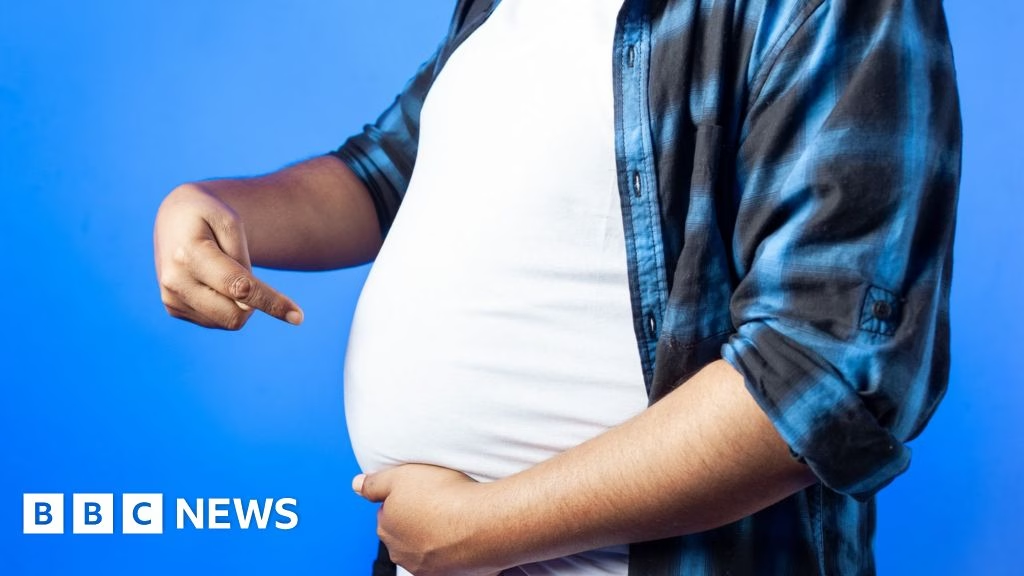The Indian potato belly, once revered as a sign of wealth and high social status, has now become a concern as obesity rates in India continue to rise. Obesity levels in India reached an alarming state in 2021, with 180 million overweight or obese adults, ranking second only to China. A study by The Lancet predicted that this number could jump to 450 million by 2050, potentially affecting nearly a third of India’s population.
Obesity in India is not only limited to the abdominal area; it comes in different forms depending on the distribution of fatty tissues. However, abdominal obesity is now recognized as a critical health issue because it increases the risk of chronic conditions like Type 2 diabetes and heart disease.
According to the latest National Family Health Survey (NFHS-5), about 40% of women and 12% of men in India have abdominal obesity. This poses serious health threats as insulin resistance is more common in individuals with belly fat, leading to more difficult blood sugar control.
Interestingly, studies indicate that South Asians, including Indians, tend to store more body fat than white Caucasians at the same Body Mass Index (BMI). Fat distribution patterns in South Asians, particularly the collection of fat around the trunk and under the skin, contribute to a higher risk of diabetes and heart disease.
The life expectancy of an individual is strongly influenced by lifestyle factors like a balanced diet and regular exercise; however, due to slower metabolism and less efficient fat storage, Indian men may need to engage in 250–300 minutes of weekly exercise, compared to 150 minutes for their European counterparts.
This growing epidemic of obesity calls for immediate action, and doctors recommend early intervention, including weight loss medications, a healthier diet, and more exercise.
Source: https://www.bbc.com/news/articles/czjnd4rzmglo








